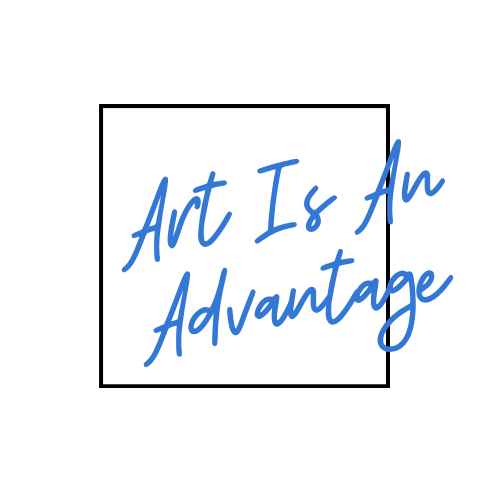The Importance of a Vision Statement
In Charting Your Art Business Progress, we discussed the importance of having a long-range vision for your art business. A vision statement serves as the compass that guides your journey within the realm of your art business. Your statement should cover your aspirations, values, and the ultimate destination you want to reach.
While creating a vision statement might seem difficult, it’s importantl to clarify the purpose and direction of your business. Here’s a short guide on writing a compelling vision statement.
A Short Guide to Writing a Vision Statement for Your Art Business
1 – Reflect on Your Values
Consider the values that drive your art and your business. What principles are fundamental to your creative process? Whether it’s innovation, authenticity, social impact, or creative expression, outlining these values should be reflected in your vision.
2 – Define Long Term Goals
Envision where you want your art business to be in the future. Think about the impact you wish to make through your art, desired audience, market presence, or legacy you aim to leave behind. Describe a vivid picture of your ideal scenario.
3 – Be Specific Yet Inspirational
Your vision should be concise yet inspirational. Use clear language to express your aspirations. It should resonate with you, conveying a sense of purpose and passion.
4 – Consider Audience Connection
Reflect on how your art connects with your audience. Acknowledge the emotions, thoughts, or experiences you want to evoke in them through your work. Your vision statement should reflect this connection and the impact on your audience.
5 – Be Authentic
Your vision statement should authentically represent who you are as an artist. It should align with your artistic style, beliefs, and motivations. Authenticity lends credibility and helps establish a genuine connection with your audience.
6 – Be Flexible
While a vision statement serves as a guide, it’s essential to remain adaptable. Things will change over time with your art and the market. So, your vision statement should evolve with your growth and changing aspirations.
7 – Seek Feedback
While your vision statement does not need to be shared publicly, you could share it with a peer, mentor, or trusted friend. Feedback can offer valuable insights and help refine your statement to make it more impactful.
8 – Revise and Refine
Crafting a vision statement is a process. Revise and refine your statement until it feels authentic, inspiring, and aligned with your aspirations.
Your Business Roadmap
Your vision statement serves as a roadmap for your art business. This process guides you for decisions and actions that move you toward your ideal business or career.
For free resources, workshops and other information, join the Artisan Advantage weekly news drop here.


